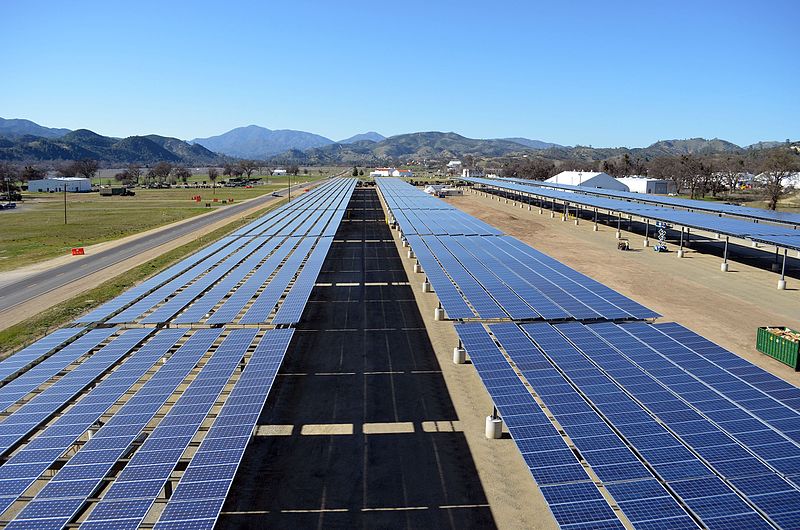 By WOJCIECH KRAWCZYK
By WOJCIECH KRAWCZYK
The electrical grid is the largest tangible network created by humankind. It all started in 1880’s, when energy was produced very close to end users, usually big industrial facilities. After 150 years of development, the world created incredible infrastructure to assure electricity supply almost anywhere. Since then, electrical grids have been expanding and embracing more generation units and end-users while covering extensive areas. That pattern, once obvious and most practical, became outdated. Overloaded electrical grids are difficult to maintain, unstable and, in case of infrastructure damage, extremely time-consuming to restore.
On September 20th, 2017, when Hurricane Maria crashed into Puerto Rico, about 95% of the island lost electricity. This energy crisis demonstrated how non-resilient the current grid is. Extreme weather events crippled the entire island. It could have been significantly mitigated – if not avoided – if Puerto Rico had developed independent microgrids. Downscaling the electrical grid by creating dispersed microgrids would increase reliability and resiliency in the electricity supply.
Why microgrids? No. 1: Puerto Rico.
The island has been struggling for many months to bring back the electricity to its three million inhabitants. Microgrids are not only easier to rebuild after an energy crisis such as this one, they are also more resilient because their infrastructure does not consist of miles of transmission lines. Nor do they have many spread-out facilities that would be exposed to damage between the points of power generation and consumption. Grid structures are relatively delicate, while construction and maintenance costs are high.
How could microgrids have helped Puerto Rico in September 2017? First of all, microgrids are dispersed and not prone to the domino effect that can occur when damage to one section of the grid results in a blackout of contiguous sections. They are also easier to rebuild, even by the local users, without the need to restore hundreds of miles of transmission lines.
Why microgrids? No. 2: Improved efficiency with new technologies.
The development of microgrids is not only a good idea for isolated islands or regions. Local governments across the country have the authority to deploy and use smart meters among the public institutions, facilities, and infrastructure and create smart microgrids within public buildings, roads, and street lightings. Artificial Intelligence (AI) can make local grids better than ever before by analyzing and accurately predicting the supply and demand based on real-time data analysis. AI could help with monitoring and managing supply for these facilities. By optimizing energy use in real-time, AI can reduce the costs of maintenance and minimize peak hours, so that the network is never overloaded.
In the private sector, Google successfully created a smart microgrid managed by AI. Google announced that its machine learning algorithms could cut electricity usage at Google’s data centers. AI predicted a higher load on the data centers’ cooling systems and controlled equipment more efficiently. This decreased energy usage by 40% percent and translated into saving hundreds of millions of dollars for Google over several years.
Why microgrids? No. 3: Cleaner and cheaper energy.

Moving forward, microgrid development may become more feasible because of lower costs, since the big fixed construction costs of power plants will be bypassed. Micro-Grids can be created on a smaller scale within cities or even districts. The potential for renewable energy production gives end-users another opportunity – to become energy producers. In dispersed grids, energy generated from solar panels (which is the most available and popular way of generating electricity for end-users) is clean and easy to deploy.
Microgrids are also increasingly applicable because of progress in energy storage. Renewable resources in combination with batteries can already compete with fossil fuels as the most reliable and economical solution. This further reduces the reliance on external and centralized power plants.
Over just a few generations people have become dependent on electricity, with an expectation for stable, cheap and easily accessible energy. Within almost 150 years people created an omnipresent network with many breakthroughs in technology. It is ironic then that there is now a shift to return to the original solution of producing electricity in local microgrids where it will be consumed. The combination of decentralized power generating units from renewables with new technologies used in smart microgrids, using technology such AI and Big Data, will revolutionize the energy market.
Wojciech Krawczyk is pursuing a Masters Degree in Energy Policy at the University of Maryland as a Fulbright Scholar.


Leave a Reply